Gratitude Improves Sleep
Practicing gratitude daily can help improve the quality of your sleep. If you have time before bed, take a few minutes to practice gratitude, whether that's writing in your journal or reflecting on the day you've had. It will help you fall asleep quicker and have a deeper, better sleep overall.
Reduces Stress
One of the main health benefits of practicing gratitude is that it significantly reduces stress levels. Stress doesn't just affect our mental well-being; it can also have severe consequences for our physical health. High stress levels affect everything from sleep to immunity to digestion, and by reducing stress levels, you also reduce the risks of many chronic illnesses.
Boosts the Immune System
People who practice gratitude daily may have stronger immune systems. This is due to several factors, one of them being reduced stress levels. Chronic stress causes inflammation and weakens the immune system over time. Studies show that people who practice gratitude also tend to improve other areas of their well-being, such as exercising and eating healthy— all factors that boost the immune system.
Can Improve Mood
Daily gratitude practice is proven to be an effective tool for boosting your mood. It helps us remember that there are still things to be grateful for (and happy about), even if we don't feel our best. Gratitude can help us see things from a brighter perspective, one that may be difficult to find on our own.
How to Practice Gratitude Daily
1. Keep a Gratitude Journal
A gratitude journal is one of the easiest ways to practice gratitude daily. You can buy dedicated gratitude journals that already have prompts in them or get creative and write your own. You don't have to write a lot— have realistic expectations, so you don't get overwhelmed and put it off. Take a minute or two and jot down three things you are grateful for that day. Practice getting more and more specific.
2. Create Visual Reminders
Feel free to create visual reminders around your house or set up notifications on your phone that help you slow down and practice gratitude. Visual cues can help jog the memory and help to remind you of all you have to be grateful for.
3. Share Your Gratitude with Others
A proven way to practice gratitude daily is to share your gratitude with your loved ones. If you're grateful for someone's actions, or simply their support and love, remind them. Let them know how grateful you are for them. Not only will this put a smile on their face, but it will also make you feel even happier.

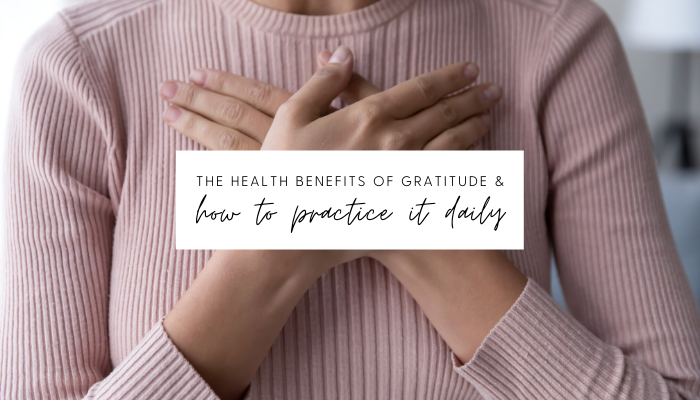
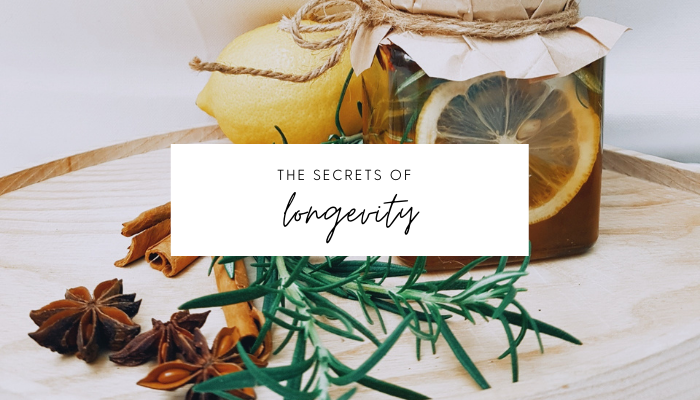

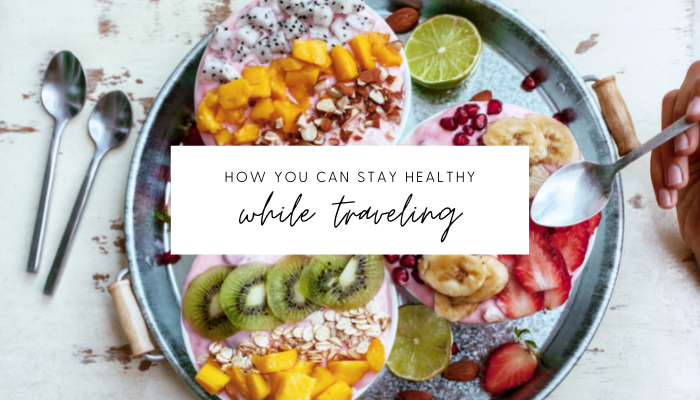
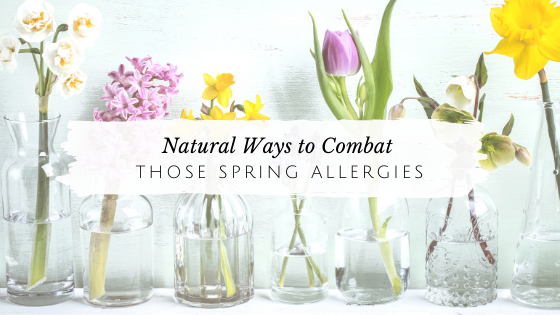

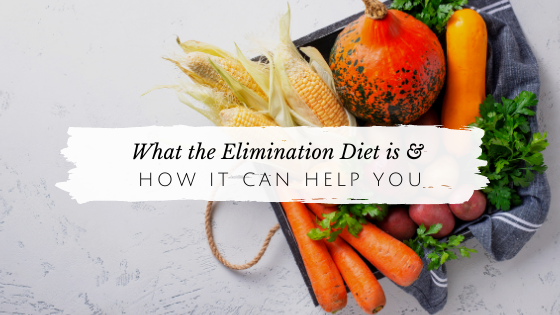
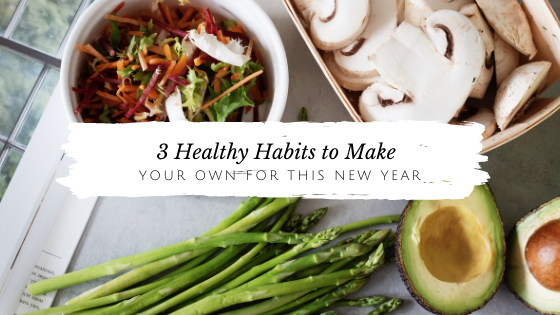
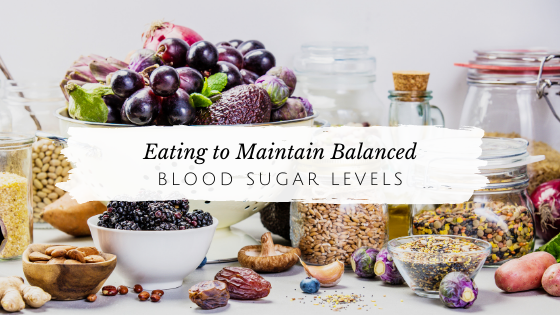
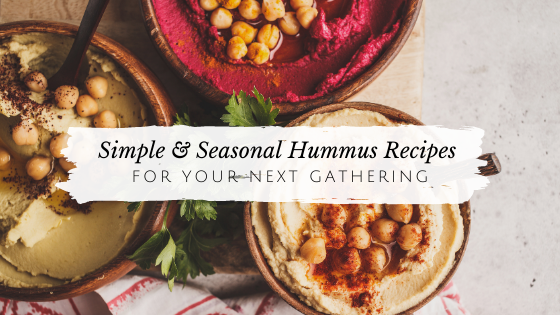
 RSS Feed
RSS Feed
